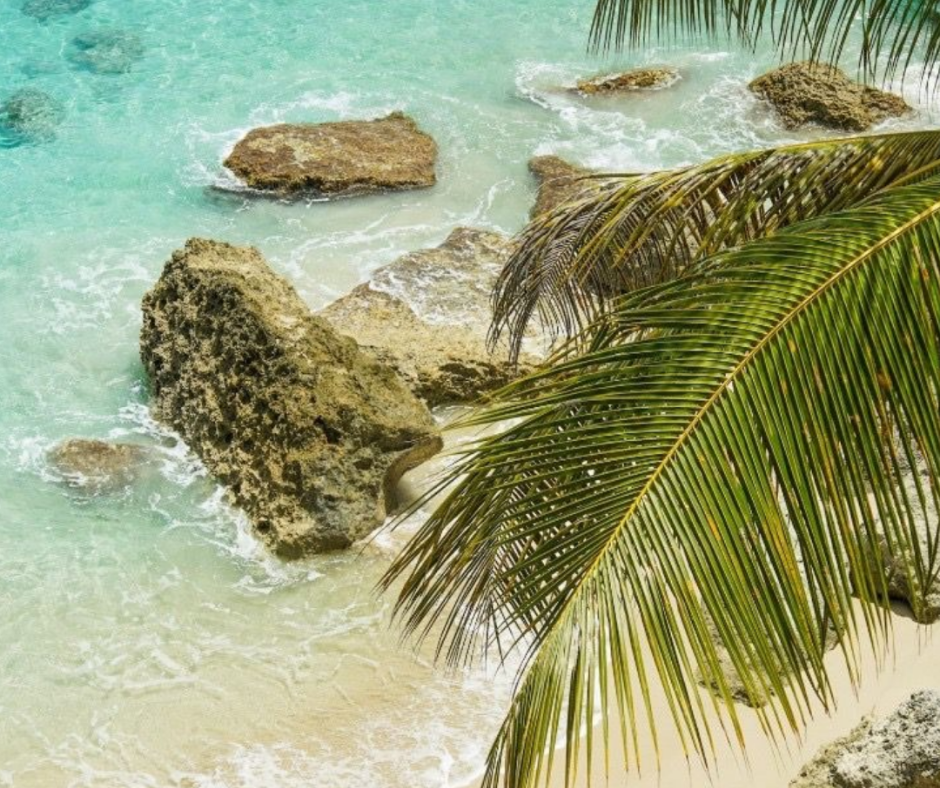
If you are looking for the northernmost province of the Dominican Republic, then I present to you Puerto Plata. A place chosen by Christopher Columbus in 1493 to build the first fort on the American continent, which he named Fuerte de Navidad. After being destroyed, he then decided to build La Isabela, the first European city in America.
In addition, you can find the Loma Isabela de Torres which at the time Columbus named Monte Plata (Silver Mountain) because according to him there are clouds on its summit that make it look like silver.

Cuevas de Cabarete
Within the Choco National Park are the spectacular caves of Cabarete, a magical and mystical destination that allows you to visit different caves and subway lakes. These caves are an interesting natural formation of outstanding landscape and geological value, ideal for adventure tourism in Puerto Plata.
This attraction offers to its visitors a variety of ecotourism to experiment thrilling experiences through trails that lead to an encounter with four caves (Vudú, Piscina, Cristal y la de la Rana). These caverns are interconnected with subterranean water systems, suitable for snorkeling or a refreshing swim in a cavernous atmosphere, with thousands of stalactites and stalagmites.

Playa de cabarete
Cabarete Beach, also known as Kite Beach, is the main venue for water sports. If you visit on a weekend, you will spot plenty of kites and sails. Nor do you need to be a water sports enthusiast to experience Cabarete. The possibilities are plentiful, from swimming at beaches with calmer waters, to enjoy the numerous restaurants, bars and stores nearby. You can also stay in modern hotels and apartments that line the coastline and offer magnificent views.

Museo del ámbar
This is the first museum entirely dedicated to amber in the Dominican Republic and has one of the best collections of this non-metallic mineral in the world, for this very reason it has become one of the most solid and popular tourist attractions in Puerto Plata, since its fame was established not only among international tourist guides but also among scientists who study the subject, such as entomologists, paleontologists, botanists, and geologists, among others.
In Steven Spielberg’s famous movie, Jurassic Park, an amber stone with mosquitoes from this museum was featured.

Malecon of Puerto Plata
Puerto Plata has one of the most gorgeous and complete boardwalks in the Dominican Republic, standing out for its wide sidewalks, wide streets, and above all a breathtaking view of the Atlantic Ocean. The history of the construction of such a spectacular place dates back to 1917 when a committee was formed to promote the idea of building a boardwalk around the city’s beach.
The residents of Puerto Plata proudly declare that theirs is the most marvelous beachfront boulevard in the Dominican Republic. And you’ll understand when you see the multiple white-sand beaches that line the city’s main avenue, each with its own name.

Fortaleza de San Felipe
A key point in the history of Puerto Plata, the San Felipe Fortress was built by the Spanish in the 16th century to protect the northern coast of the country from the English and Dutch, as well as French pirates in pursuit of the abundant gold and silver in the area. It is considered one of the most significant colonial military structures in the Caribbean, was completed in 1577 and later served as a prison up until the years of the dictator Trujillo.
Today it is a museum that showcases the original cannons facing the Atlantic, antique weapons, and numerous secret chambers. It offers stunning views over the coast of Puerto Plata and watching the sunset from the base of the fortress, next to La Puntilla Park, is a daily activity for Puerto Plata residents.

Bahía de Luperón
Luperon Bay has traditionally been considered an important spot on the world’s sailing and Atlantic shipping routes due to its unique physiographic features that guarantee effective protection from weather events, which is deemed to be the safest natural refuge for those who adventure in this part of the world.
Christopher Columbus named it the La Bahía de Gracia (“The Bay of Grace”). He himself sought refuge there while passing through a seasonal storm during one of his sailing voyages.

In this beautiful bay you will have the opportunity to find:
Playa Chiquita
Its turquoise blue waters are an essential part of the beauty of the spot, the visitors enjoy the peace and calmness that this beach provides, where swimming has become a wonderful option for the whole family. It is a clean and very well maintained space, has many attractions for enjoyment, and also has restaurants a few minutes away from where you can taste both national and international cuisine, as well as beverages of all kinds to make your stay a unique experience.

Playa Grande
This beach is considered one of the loveliest in the country. It is distinguished by the reddish color of its sands and its warm, turquoise waters. Its picturesque views are equally acclaimed and highly praised by photographers, since, in addition to the splendor of its shore, the landscape is further ornamented by the thick forest of palm trees and the white cliffs on one side of the beach.
It should be noted that Playa Grande is not a beach recommended for children and inexperienced swimmers, as it often has a heavy swell and can be dangerous.

Cover photo source
Additionally, before you travel be sure to check out our IC Caribbean Shop for your cool travel accessories, bags and gear to rep during your visit or upon your return to remember your favorite Caribbean destinations.
Enjoy your vacation and stay safe!


0 Comment